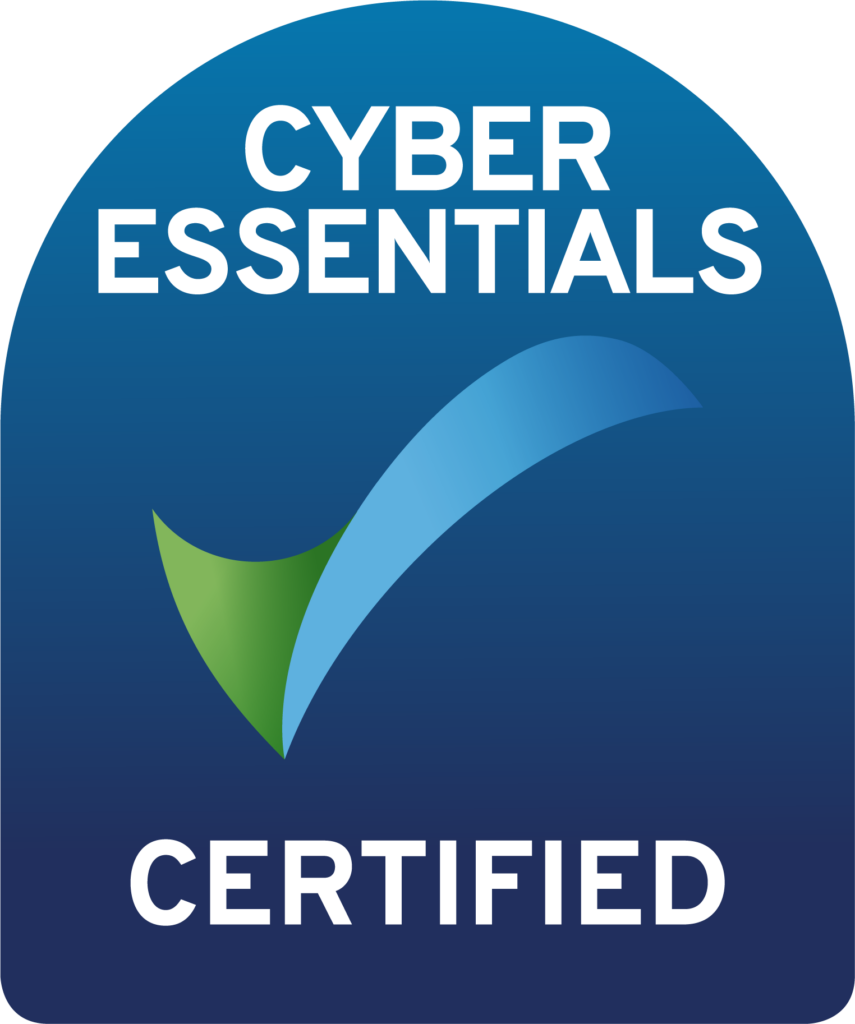
Cloud Infrastructure Security:
Securing the 3 Key Components
A wide range of businesses these days are shifting to cloud platforms to not only optimise their operational procedures, but also to add to the security of their IT infrastructure. Cloud promises to strengthen your security by adding various layers of authentications and prevention from hacking attempts. But there are some key security components that set cloud security apart from other platforms. All these security aspects are also laid down in the cyber essentials certification. Let’s get a sneak peek into these security components:
1. Understanding Who Has Access to What
Identity and access management (IAM) is the core aspect of cloud security. IAM is all about controlling what permissions are applied to an entity – whether a person, or a machine. First of all, your businesses must be aware of all the accounts and their privileges. Authentication as well as the access to these accounts need to be controlled and properly supervised.
Moreover, the cloud also provides you the transparency where you can also supervise all the activities being performed on these accounts. You can take immediate action if any suspicious activity is detected, or even better, use anomaly detection to automate the process.
2. Password Managers and 2 Factor Authentication
Merely setting a password is never enough to secure you from cyberattacks. You never know when your password gets cracked and some hacker gets access to your accounts. You need extra security layers to address this issue. This is known as layered security, and it is intrinsic to cloud platforms. Multi-Factor Authentication (MFA) can form one of your layers.
This feature allows users to enter the one-time code along with their login credentials. Thus, a hacker cannot get access to your account even though they crackled the password.
3. Maintain a Complete Log of Everything
There is a lot of information that is exchanged on a daily basis if you are running a big company with an extensive infrastructure. Cloud platforms provide you with the feature where you can easily supervise all the ins and outs of activities and data transferred between end points. You can monitor storage, processing, and all the transactions of data within your infrastructure on the cloud.
With cloud security features, you can maintain a record of activities to create a log. This makes it easier for you to track all the changes made to the log file. You can also approve or deny the changes right away. And finally, you can generate a complete report using these log files.


